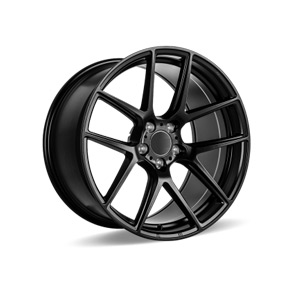Versatile Handbrake Solutions for Enhanced Vehicle Control and Performance
Understanding the Universal Hand Brake A Comprehensive Overview
The universal hand brake, an essential component in various vehicles, plays a crucial role in ensuring safety, stability, and control. While it may seem like a simple lever, its design and functionality are intricately linked to the overall performance of the vehicle.
A hand brake, also known as a parking brake, serves primarily to keep a stationary vehicle from rolling. When engaged, it mechanically locks the rear wheels, preventing movement, particularly on inclined surfaces. This is especially important for manual transmission vehicles, where the risk of rolling back can be a significant concern. The universal design allows it to be adapted to various vehicle types, from cars and trucks to motorcycles, enhancing its versatility.
The mechanism of a universal hand brake operates through a cable system connected to the rear brakes. When the driver pulls the lever, the cable tightens, causing the brake shoes or pads to clamp onto the brake drum or rotor. This mechanical linkage ensures that the hand brake can exert substantial force without relying on hydraulic systems, providing an immediate response regardless of the vehicle's condition.
universal hand brake

Installation and maintenance of the universal hand brake can vary by vehicle, but there are common practices that ensure it functions correctly. Regular inspections are essential to check for wear on the cables, brake shoes, and lever mechanisms. A properly functioning hand brake not only protects against unintended movement but also contributes to the overall safety of the vehicle.
Modern vehicles have seen advancements in braking technology, but the universal hand brake remains a tried-and-true component. Despite the rise of electronic parking brakes, many drivers prefer the tactile feedback and reliability of a traditional hand brake. It provides a sense of control, giving drivers reassurance that they can secure their vehicle confidently.
Moreover, the universal hand brake is integral to various professional contexts, such as racing and off-roading. Drivers rely on the hand brake for quick maneuvers, allowing for sharper turns and controlled slides. In these scenarios, the hand brake becomes more than just a safety feature; it transforms into a vital tool for performance.
In conclusion, the universal hand brake is a fundamental element in the realm of vehicle safety and control. Its straightforward design belies its importance in preventing accidents and ensuring stability. Whether for everyday driving or specialized applications, the hand brake continues to be an indispensable feature in automotive engineering.
-
Upgrade Your Vehicle with High-Quality Handbrake CablesNewsNov.01,2024
-
Optimize Your Bike's Performance with Quality CablesNewsNov.01,2024
-
Enhance Your Vehicle's Performance with Quality Clutch ComponentsNewsNov.01,2024
-
Elevate Your Vehicle's Performance with Quality Throttle CablesNewsNov.01,2024
-
Elevate Your Vehicle's Performance with Quality CablesNewsNov.01,2024
-
Affordable Solutions for Your Cable NeedsNewsNov.01,2024
